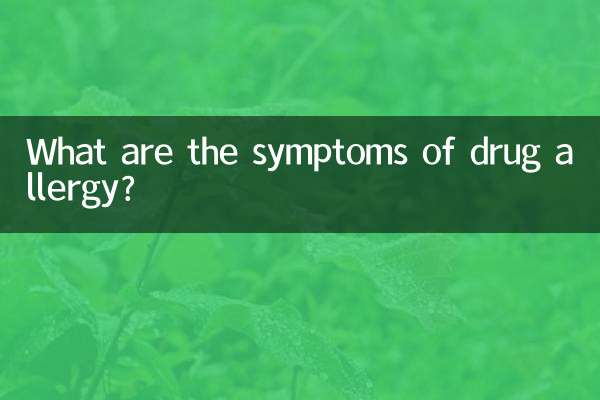Why is it called horn wind?
Epilepsy, also known as epilepsy, is a common neurological disease characterized by sudden, transient and recurrent brain function abnormalities. The name epilepsy comes from ancient people's observation of the physical manifestations of patients with epileptic seizures, especially the symptoms of limb rigidity and twitching, which resemble the shape of a goat's horn. This article will discuss the origin of the name, symptoms and related data of epilepsy based on hot topics and hot content on the Internet in the past 10 days.
1. The origin of the name of Sheephorn Wind

The origin of the name epilepsy can be traced back to ancient medical texts. The ancients observed that epileptic patients would have symptoms such as limb rigidity and opisthotonus during an attack, which resembled a goat's horn, so they called it "horn wind". This name was widely spread among the people and is still used today. In modern medicine, epilepsy is called epilepsy, but its essence and symptoms have not changed.
2. Symptoms of epilepsy
Symptoms of epilepsy vary, but common ones include:
| Symptom type | Specific performance |
|---|---|
| Generalized seizures | Loss of consciousness, limb rigidity, convulsions, foaming at the mouth |
| partial seizure | Local limb twitching, abnormal sensation, and abnormal behavior |
| absence seizure | Brief loss of consciousness, staring, cessation of movement |
3. Popular topics on the Internet in the past 10 days related to the shofar wind
By combing through the hot topics and hot content on the Internet in the past 10 days, we found that the content related to Sheephorn Wind is mainly concentrated in the following aspects:
| hot topics | Related discussions |
|---|---|
| Prevention and treatment of epilepsy | How to Control Seizures with Lifestyle Modifications and Medication |
| Mental health of people with epilepsy | How epilepsy patients cope with social discrimination and psychological pressure |
| First aid measures for epilepsy | How to treat epilepsy correctly |
4. Treatment and management of epilepsy
The treatment of epilepsy mainly includes medication and surgery. Drug treatment is the first choice, and seizures are controlled by anti-epileptic drugs; for drug-refractory epilepsy, surgical treatment can be considered. In addition, lifestyle adjustments and psychological support are also important aspects of managing epilepsy.
| Treatment | Specific measures |
|---|---|
| drug treatment | Use anti-epileptic drugs, such as carbamazepine, sodium valproate, etc. |
| surgical treatment | Resection of epileptic lesions or neuromodulation surgery |
| lifestyle adjustments | Avoid staying up late, drinking alcohol, excessive fatigue and other triggering factors |
5. Social cognition and support for epilepsy
Although epilepsy is a common neurological disease, society still has certain misunderstandings about epilepsy patients. Many people mistakenly believe that epilepsy is contagious or hereditary, leading to stigmatization in society. In fact, epilepsy is not contagious, and only some epilepsy is genetically predisposed. Improving society's awareness of epilepsy and providing patients with more understanding and support are the keys to improving the quality of life of patients with epilepsy.
To sum up, the name epilepsy comes from the ancient medical description of the symptoms of epilepsy, while modern medicine classifies it as epilepsy. Seizures can be effectively controlled through medication, surgical intervention, and lifestyle modifications. At the same time, improving society's understanding of epilepsy and eliminating misunderstandings are important ways to help epilepsy patients integrate into society.

check the details

check the details